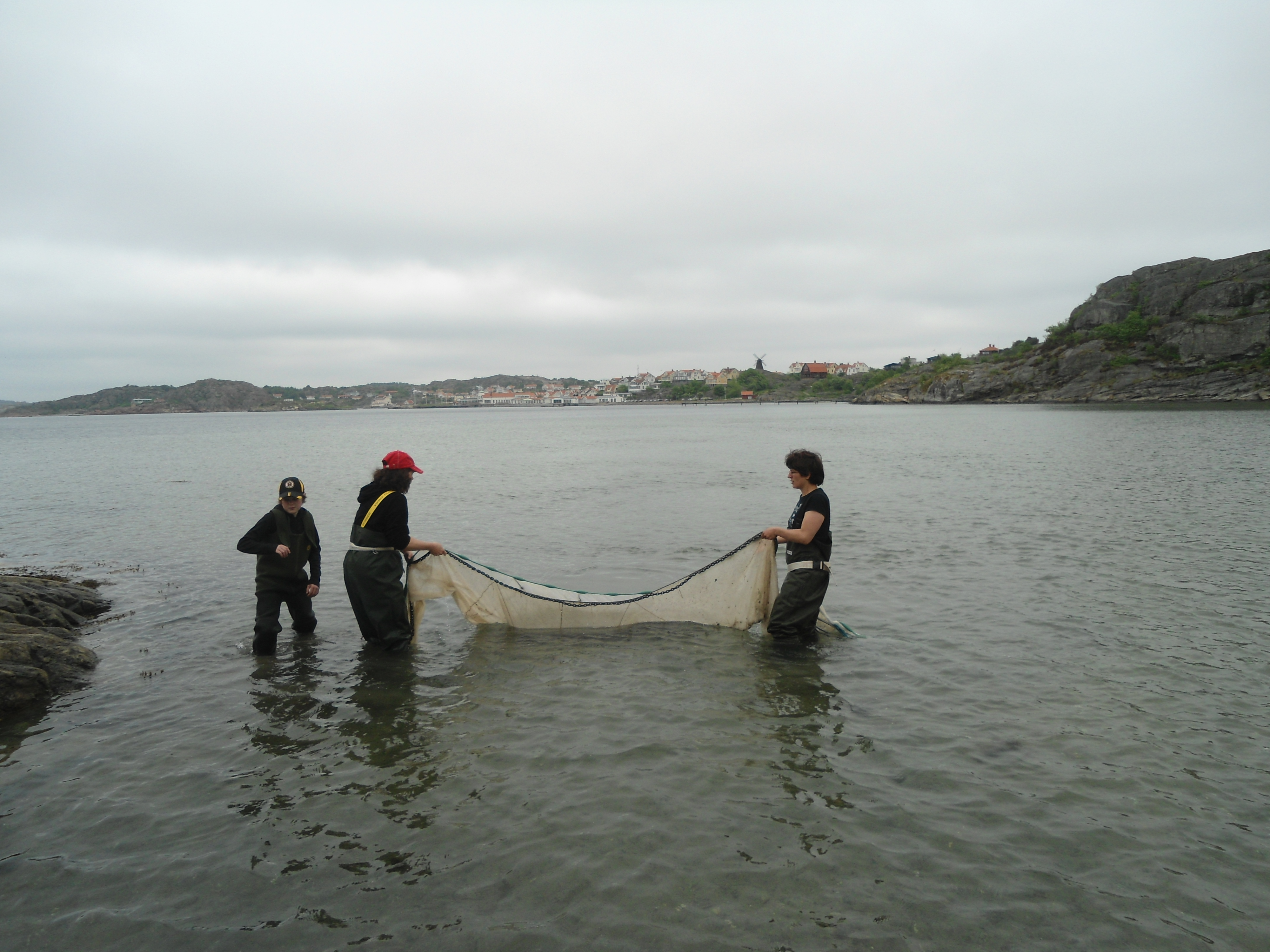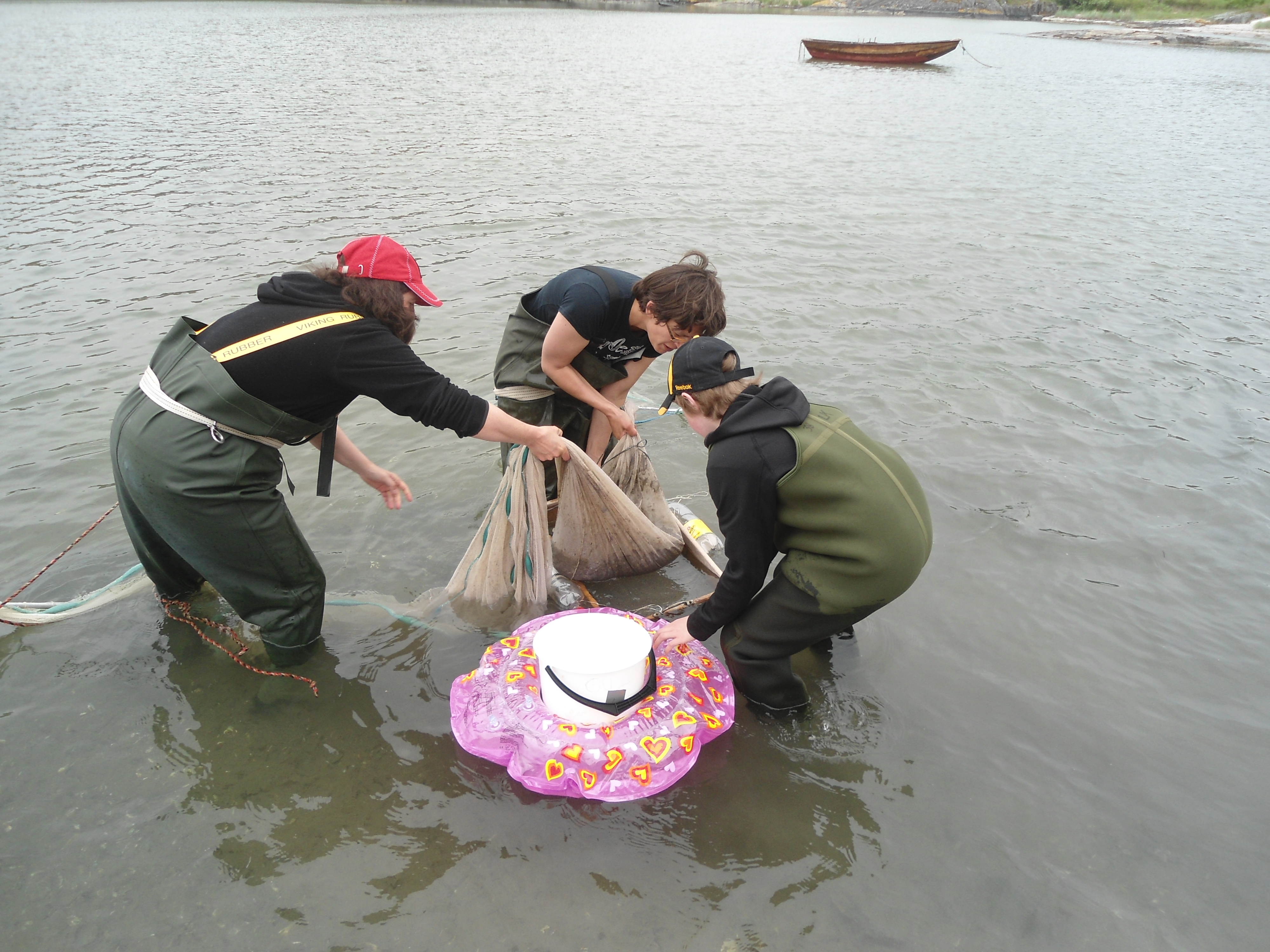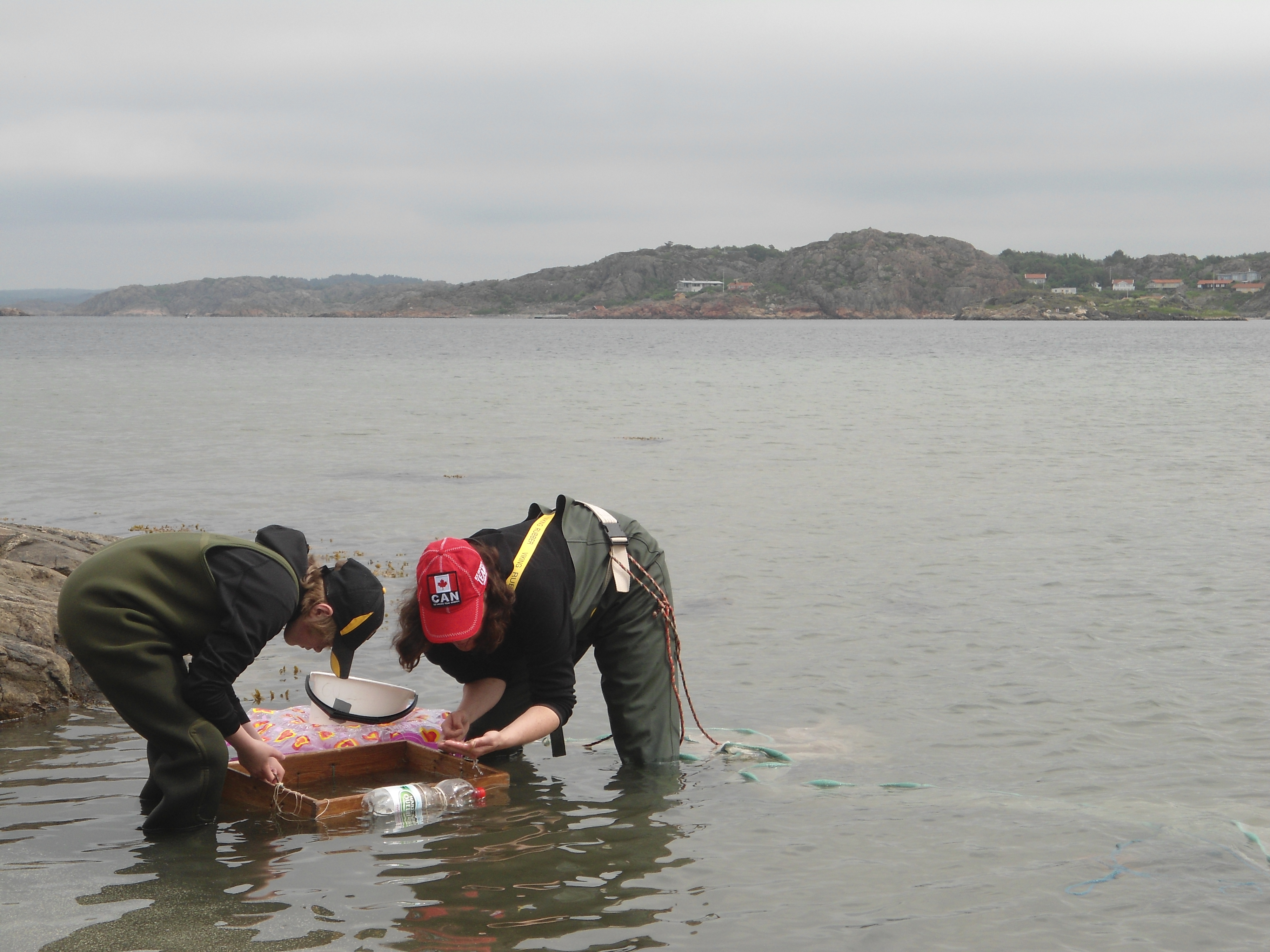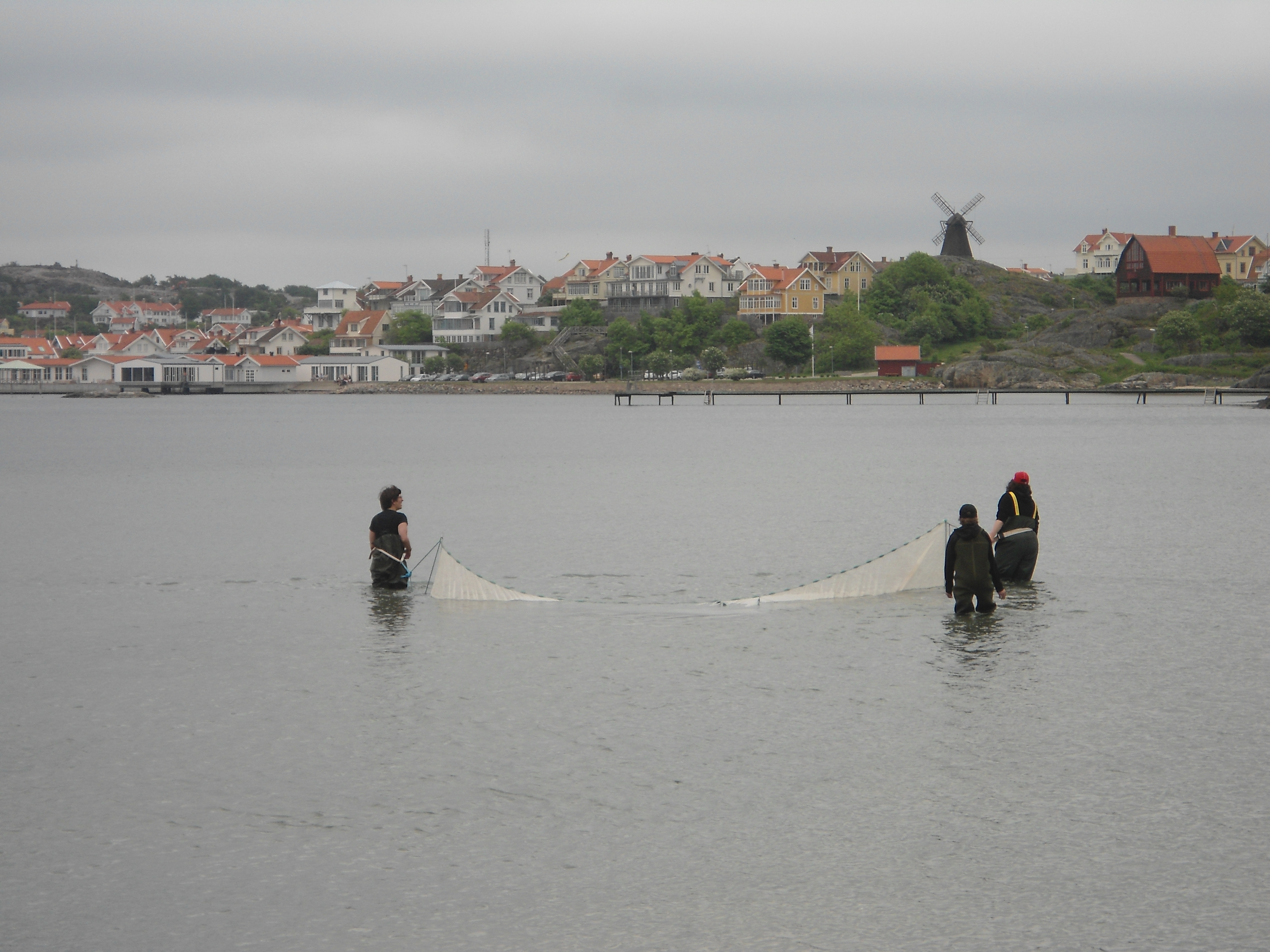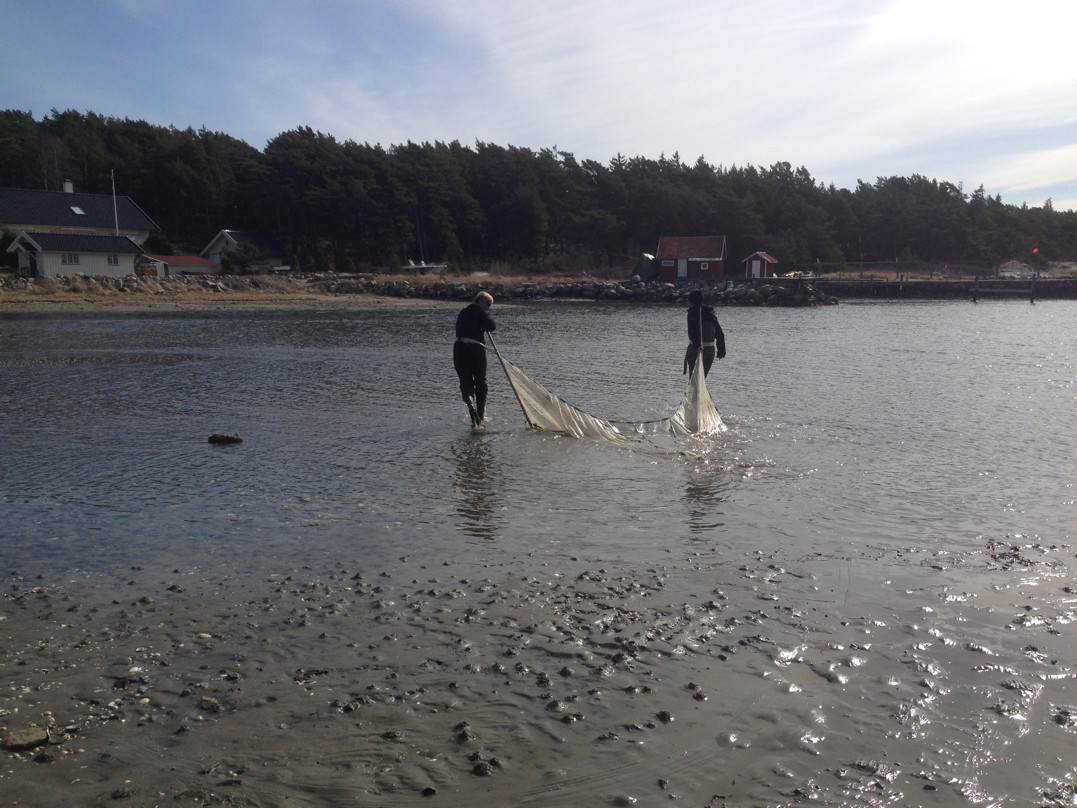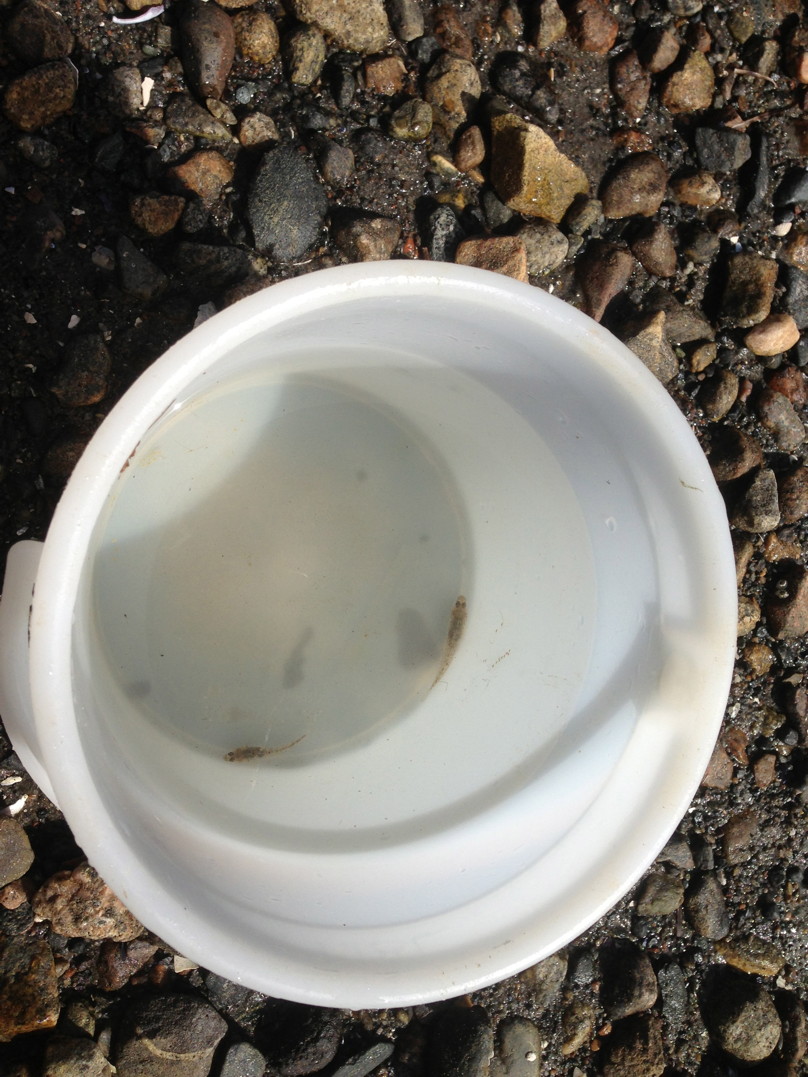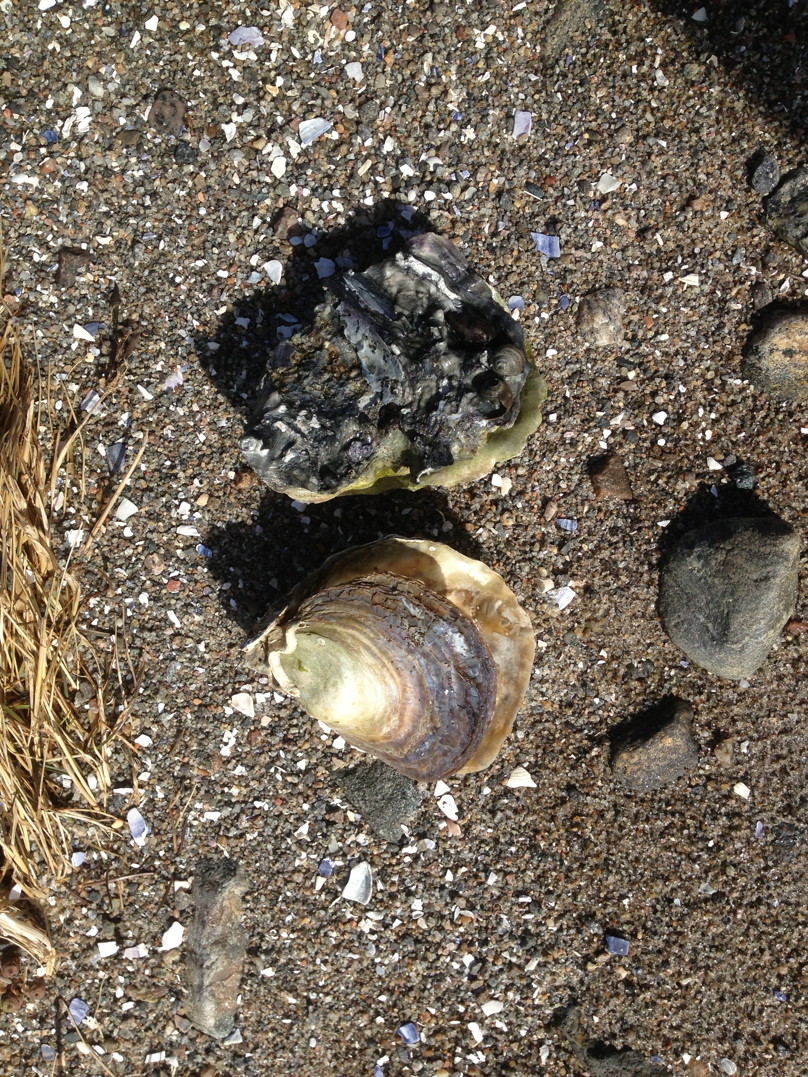I am currently based in Fiskebackskil, Sweden at the Kristineberg Marine Station. I came here to start a new collaboration on sand gobies with Malin Celander and Ola Svensson, both in the Biological and Environmental Sciences Department at Gothenburg University. Malin has been my host for my research leave. Fiskebackskil sits on the Gullmarfjord, a deep water fjord that allows for an extensive collection of diverse marine species. We are working on sand gobies, a species that comes into the coastal beach areas for breeding between May to midsummer. They are a fascinating species as the male builds a nest, typically from shells and then courts a female to get her to lay a clutch. The mucus they put inside the nest has sperm, provides a sticky surface for the eggs, and has anti-microbial components. Yet, it is not contain the same protein as used by stickleback (spiggin) for their mucus. The reproductive behaviour of the male includes nest building, courtship displays, sound production, and is followed by parental care. There are alternative reproductive tactics in this species too. Small males can forgo building a nest and sneak mating from a parental male.
Collecting sand gobies requires hand trawling shallow waters, as in the pictures below. note the highly scientific equipment involved, like the pink child’s floating ring! Fishing can be a family affair and the sorting involves having a great time at the beach with our kids.
We are completing endocrine disruption experiments on females this summer and hope to continue to work on this species for several years to come.